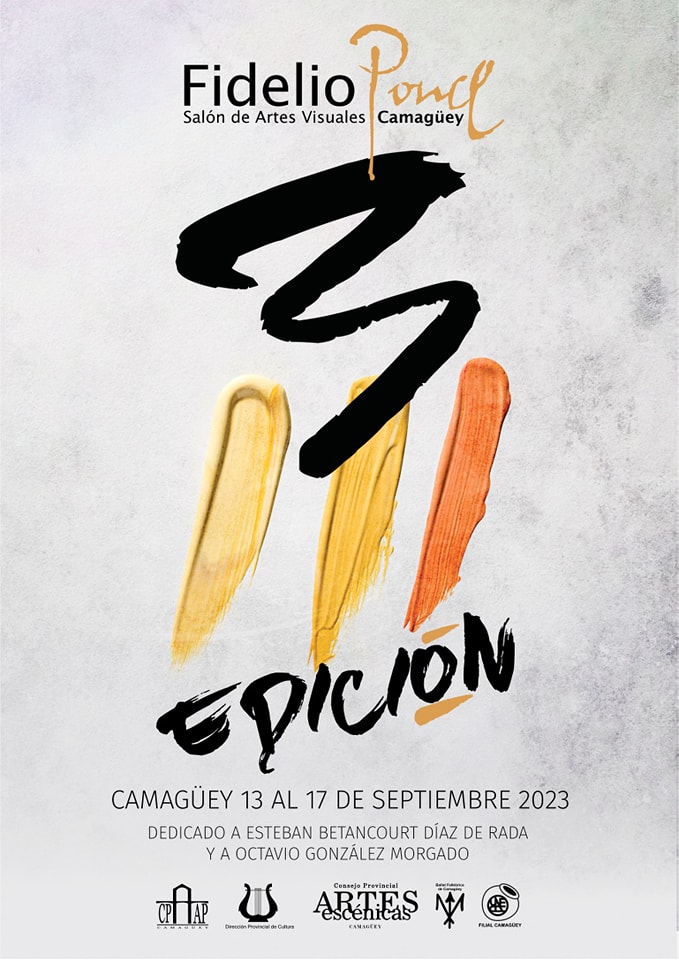CAMAGÜEY.- The Fidelio Ponce de León Visual Arts Hall presents academic sessions with a broad agenda in practice, the management of critical thinking and the transformation of reality from creative projects.
For a long time, the main event convened by the Provincial Council of the Plastic Arts of Camagüey was promoted with the intention of being the representative sample of artistic work in the territory. He already speaks differently.
The change of the event to a biennial indicated the economic difficulty of sustaining it annually, as well as the questioning of the slogan due to participation and production in the workshops without reaching the hall by going directly outside.
Several aspects put into context the position of visual artists in Cuba, given the almost non-existent availability of traditional materials, the nonexistence of an art market and facing reality as an independent artist.
In general, the salons have been impacted by the debate about academic training, talent and craft; migration to other spaces where the work can be legitimized; the accommodation of criticism in the canons of history and its lack of phase or inattention to the work made with the language of new media.
For this reason, the 33rd edition of the Fidelio Ponce Hall, in response to the modest call, achieves a mosaic of current themes, mainly presented by very young voices, who not only question tradition but also integrate active generations that precede it.
Camagüey-born Reydi Zamora, an artist who graduated from the Vicentina de la Torre Academy, resides in Santiago de Cuba where he graduated as an art historian from the Universidad de Oriente. There he promotes the specialized magazine El Marchante. Here he spoke about rethinking art now, the contemporary, due to the new content generated with artificial intelligence and Cubans in the digital market.
In what is not yet taken into account in the study plans of Cuban academies, another countryman, Néstor Siré, has already cleared a path. He has inserted himself into the so-called NFT platforms where he places interactive models of his Cuba Creativa project. He told of the process for the immersive installation Memoria (2023), dedicated to the life of the digital, the beginning and the end of a work for an artist who works with new media.
Although Reydi and Siré update on the most recent, the approach does not clash or conflict with the topics of other speakers who vindicate sculptors of another time, such as Esteban Betancourt, or the engraver Raúl Alfaro, whom the young Roxana Duquesne presented him as “the introducer of colography in Cuba.”
On this Friday morning, architect Henry Mazorra offered an exquisite counterpoint based on the sadly famous case of Frank Gehry, of the failed deconstructivist movement, failed because, as Henry emphasized, “the architect still has the multifunctionality of providing a solution to everything.” ”.
From theory to practice, last Saturday marks the opening of the two-person exhibition Analogy of Form, by artists and professors Nelson Miranda and José Antonio Hechavarría. Both commented on the pedagogical and multidisciplinary project Cartón Creativo, which comes out of the academy and aspires to be self-sustaining over time as well.
So far, the numerous participation of students from “Vicentina” fills with joy, because each space of confrontation, theoretical or artistic, is undoubtedly a school of unexpected learning.
Translated by Linet Acuña Quilez



